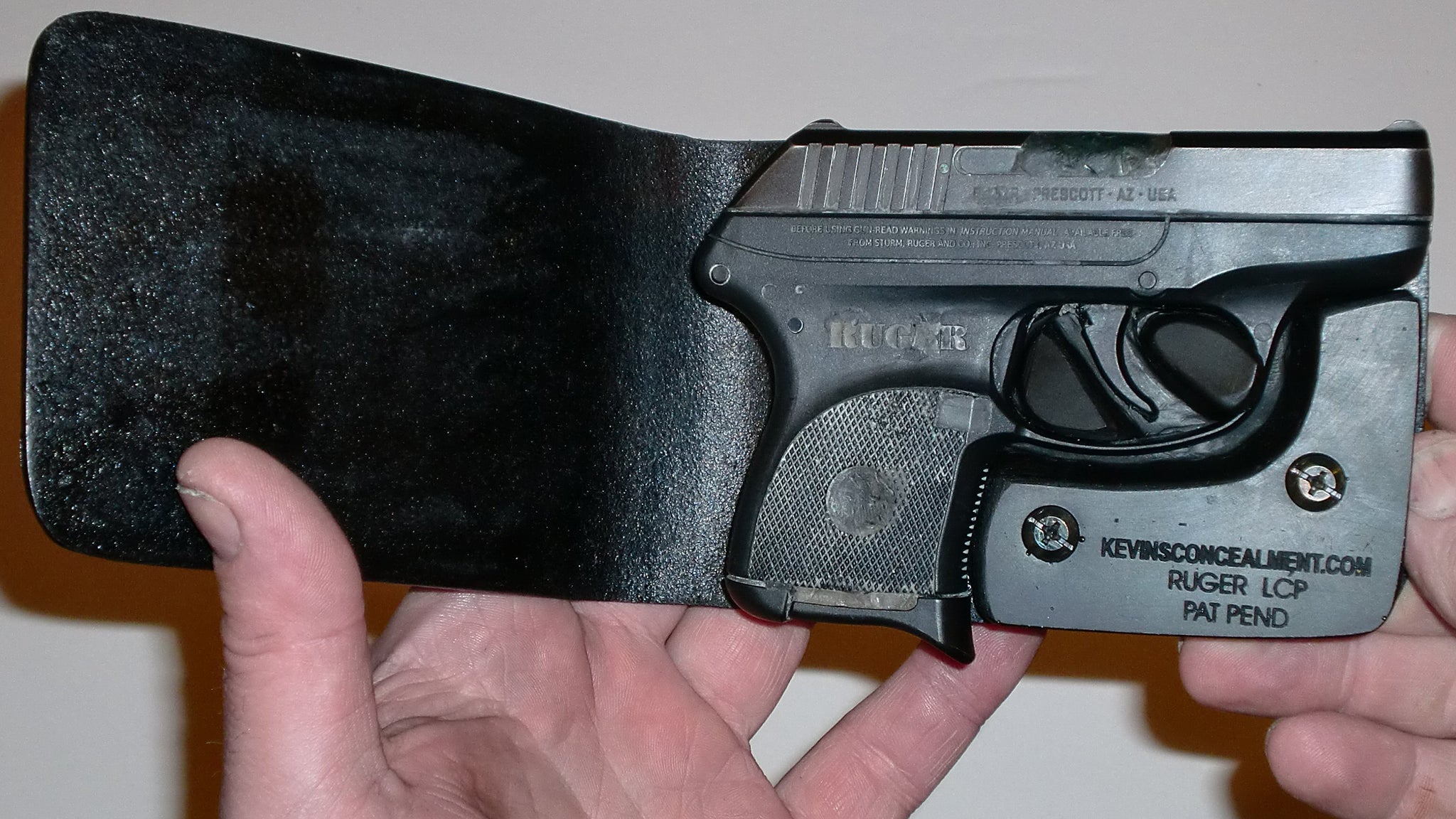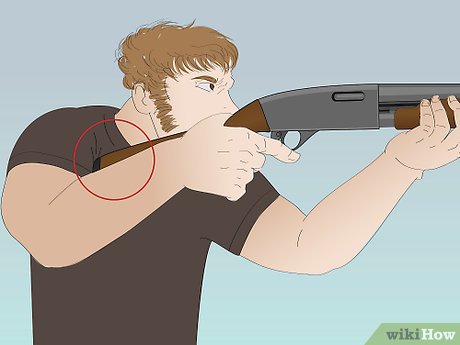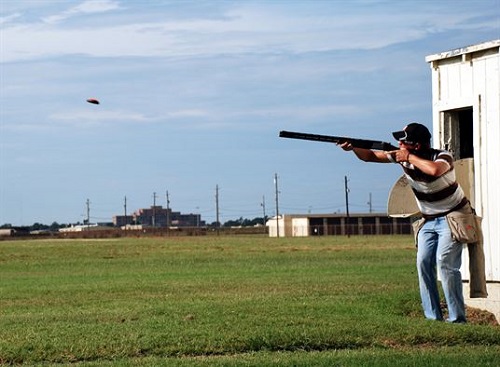
The difference between long and short barrels is significant. It is important to know the difference between long and shorter barrels. This article will explain the pros and con of each type. You will also find tips to help you choose the best length for you. The question is, how long should your gun barrel be? Here are some reasons why. A shorter barrel is safer to handle, and it reduces noise.
Longer barrels yield better shot patterns downrange
For better down-range shot patterns, longer barrels are better. Long barrels allow for a tighter shot column with less pellets slinging from the barrel. A tighter shot pattern will be beneficial for long shots in traps, 3-gun, and upland bird hunting. In dense swarms, pellets travelling down-range have less impact the first few meters. This can help to ensure successful engagement.

Noise is reduced by shorter barrels
While shorter shotgun barrels reduce noise, they can also affect resale. Long barrels can cause more back pressure, which in turn contributes to port noise. However, the buffer weight and spring set of a long shotgun will compensate for this. You can reduce the sound of your shotgun by using a longer barrel. Short barrels can reduce muzzle noise which can be a problem with quiet firearms.
Muzzle flashes produced by longer barrels are lower in length
The muzzle flash produced by longer barrels is generally lower than that of shorter barrels. A longer barrel has several advantages for hunters. They have a wider sight radius and a smoother swing when crossing targets. But they can be noisy and flashy, which can cause a lot of hassle when hunting. The barrels of shorter barrels can also be more sensitive than others to movement, which makes it easier to miss shots.
Handling shorter barrels is easier
While shorter shotgun barrels don't have the same muzzle velocity, they do have the advantage of being easier to handle. Hunting woodcock and hunting grouse, which are often found in thick cover, are best suited for shorter barrels. Also, smaller barrels are easier for you to maneuver behind screens. These advantages make shorter barrels a better choice for many hunters. Here are the benefits and drawbacks of short shotgun bars.

NFA regulates smaller barrels
Shooters love shorter shotgun barrels, but these weapons also have to comply with additional regulations. The NFA requires that firearms with barrels less than 18 inches must undergo a lengthy application process. This firearm owner must register with ATF. They also have to pay $200 tax stamp. Although the NFA's prohibition on short shotgun barrels has been rescinded, some aspects of the regulation remain.
FAQ
What is the most important aspect of hunting animals
How do we get there We start by learning how to shoot accurately. Next, we need to learn how to hit the target. Then, it is time to learn how make adjustments when you miss.
The most important part of hunting is knowing what you're doing. If you don’t understand the basics of hunting, you won’t be able to improve. While you may think that you've improved by taking better shots, the fact is that you won't be able to use those shots as a guide. This is also true for hitting targets. If you don't understand why you're missing, you'll never improve. It is important to understand your goals.
This is where knowledge comes into play. Your ability to hunt is dependent on your knowledge of the animal that you're hunting. When you're out in nature, you want to know everything you can about the animals you see. It's important to learn about their habits, personalities, and behaviors. You can plan your hunts to make them run smoothly.
Learning from past success stories is a great way to improve your skills. There are many books out there on the subject. In addition, there are websites like www.thehuntingzone.com that offer great tips and advice. Finally, there are people who have years of experience behind them. They can help you to identify what works well and what doesn’t.
Once you've learned everything you can, it's time to practice. Practice makes perfect. Practice is not enough. Instead, you should practice until your confidence grows. Confidence makes it possible to relax and enjoy your work. Relaxation makes it easier to concentrate on the task at-hand. Concentration allows for you to make the most of every opportunity. You can only be relaxed and focused when there are opportunities.
Now it's time put your new skills to work. Don't fret if you fail. Keep practicing and improving. You'll eventually be successful.
Why is hunting a good hobby?
Hunting is like playing chess with nature. It is important to plan ahead and anticipate the outcome of each move.
The goal of hunting is to find food, which means you must know what kind of animal you're looking for, how to track your prey, and when to stop tracking. If you don’t know these things you won’t be able to catch anything.
When hunting, the most important thing is to never lose your eyes. You won't miss any chances. Make sure you are close enough to the object you see so you can identify it. Make a list of all the things you saw and keep it. This will make it easier to hunt again later.
It's much more than just shooting at targets. It's about being in touch with your surroundings and the animals around.
How much does hunting cost?
Hunting trips can be expensive depending on where you live, what type of wildlife is being targeted, and how big the animal that you are hunting.
In general, a two-person hunting party will cost between $500-$1,000 per head. This includes lodging, food and gas.
There are some areas that charge more than others. If hunting is planned during peak seasons (e.g. fall turkey season), expect to pay higher prices.
How many deer hunters are there in the U.S.
Over 20 million deer hunters are estimated to live in the United States. This includes professional as well recreational hunters.
Statistics
- Less than 1% of Hawaii's population has a hunting license. (stacker.com)
- In less than 20 years, Rhode Island saw a 40% drop in the number of hunting licenses for residents, according to The Valley Breeze. (stacker.com)
- Indiana, for example, saw a 28% jump in turkey license sales during the first week of the season. (stacker.com)
- - Percent of residents with paid hunting licenses: 0.7%- (stacker.com)
External Links
How To
How to hunt wild hogs
Wild hogs, which are large, can be found in North America and Asia as well as Europe. Wild hogs are omnivores. They eat plants and small animals like rabbits, mice and birds. They usually eat at night. They usually feed at night. After the six-month gestation period, one piglet will be born. A sow can give birth once every two years. Wild hogs can be solitary, but they may live in herds.
Wild boars weigh in at around 200 pounds (90 kg). Their head length averages from 10 to 12 inches (25-30 cm), while their body length ranges from 20 to 30 inches (50-75 cm). Wild pigs are long-legged, have broad shoulders and short tails. They have a thick layer of fat under their skin.
They are extremely sensitive to the senses of sight, hearing, smell, and taste. These senses help them detect danger and find food. They can run up to 35 miles per hour (56 km/h) and jump distances of up to 15 feet (4 m). They are sharp-toothed and have sharp claws. They can be aggressive in defending themselves from predators.
Hunting wild hogs is hard because they are intelligent, fast, and elusive. They must be carefully tracked by hunters. Hunting too soon can cause the animal to escape. If hunters shoot too late, the animal may die before it reaches cover.
Wild hogs can be killed using many hunting methods. The most common is shooting. This requires hunters to locate the animal and wait for it to arrive in range. Another option is trapping. You can trap hogs by setting traps near water supplies. Many traps include a scent lure, such as corn meal and peanut butter. After the trap is set, the hunter kills the trapped porc.
Snaring, another method, is also an option. Snaring involves using a noose made of rope to catch the porc. It works best if the pig is caught during its mating season.
You can also use poisoning, spearing, or netting. To stop pigs from breathing, spearing and netting involve putting a spear or net through the neck of the animal. Poisoning involves injecting poison into the pig's body.
Hunters who wish to hunt wild hogs need to be prepared for the cold weather. To stay warm in some areas, hunters can wear snowshoes. Some hunters bring dogs with them to help them track the animals.